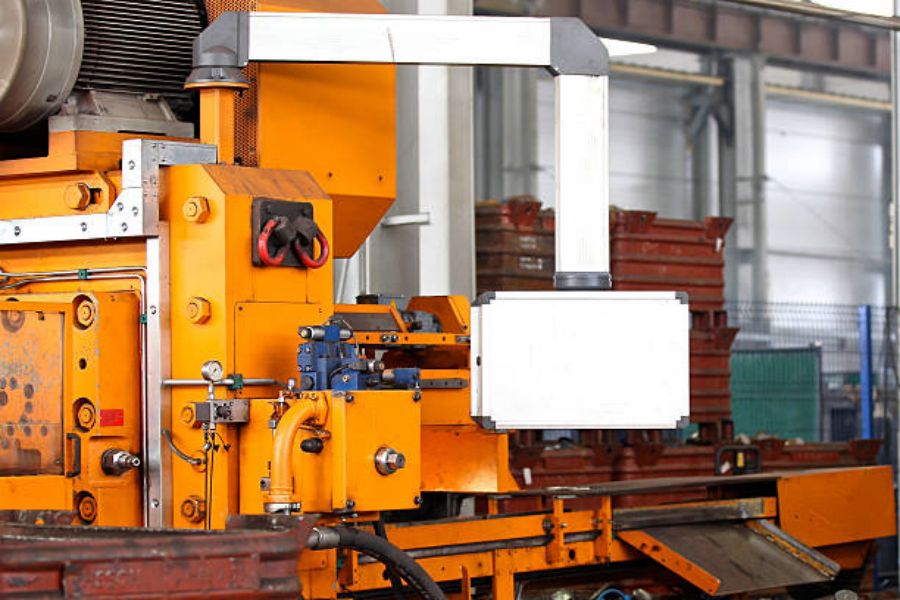Understanding the Different Parts of Roof Truss: A Comprehensive Guide
In the construction industry, roof trusses play a vital role in providing structural support and stability to roofs. Understanding the different parts of a roof truss is essential for architects, engineers, and even homeowners who are interested in gaining knowledge about the components that make up this critical element of a building's structure. In this article, we will explore the various parts of a roof truss, their functions, and how they work together to create a sturdy and reliable roofing system.
The Top Chord
The top chord is one of the main components of a roof truss. It is the uppermost horizontal member that runs parallel to the roof slope. This part of the truss is responsible for supporting the weight of the roof and transferring it to the other components, such as the bottom chord and the web members. The top chord is typically made of strong and durable materials, such as timber or steel, depending on the design requirements and load-bearing capacity of the roof truss.
The Bottom Chord
Similar to the top chord, the bottom chord is another crucial part of a roof truss. It is the lowermost horizontal member that runs parallel to the roof slope, opposite the top chord. The primary function of the bottom chord is to provide support and stability to the entire truss system. Just like the top chord, the bottom chord is also constructed using sturdy materials that can withstand the weight of the roof and other applied loads.
The Web Members
The web members are the diagonal or vertical members that connect the top and bottom chords, forming the triangular pattern characteristic of roof trusses. These members are responsible for distributing the load evenly across the truss, ensuring that the weight is adequately supported and transferred to the supporting walls or columns. Web members are typically made of timber, steel, or even aluminum, depending on the design requirements and structural considerations.
The Gussets
Gussets are the plates or brackets used to connect the web members to the top and bottom chords of the roof truss. These components play a crucial role in ensuring the stability and strength of the truss system. Gussets are often made of metal, such as steel or aluminum, and are securely attached to the wood or steel members using nails, screws, or other fastening methods. Proper installation of gussets is essential to prevent any potential weak points in the truss system.
The Truss Heel
The truss heel refers to the intersection point between the top chord and the web members at the outermost end of the truss. This part of the truss is crucial for maintaining the overall stability and proper load transfer within the roofing system. The truss heel is typically designed to provide adequate bearing and support to the roof, ensuring that the weight is evenly distributed to the supporting walls or columns.
The Truss Peak
The truss peak, also known as the apex or ridge, is the highest point of the roof truss where the top chords intersect. This part of the truss is essential for maintaining the structural integrity of the roofing system. The truss peak is designed to withstand and distribute the upward forces generated by the roof's weight, wind loads, and other external factors. The shape and height of the truss peak may vary depending on the architectural design and functional requirements of the building.
The Truss Spacing
The truss spacing refers to the distance between each truss in the roofing system. This aspect is crucial for determining the overall strength and stability of the roof structure. The spacing between trusses is influenced by factors such as the size and span of the roof, the type of roofing material used, and the local building codes and regulations. Proper truss spacing helps to evenly distribute the weight of the roof and prevents excessive deflection or sagging.
The Truss Bracing
Truss bracing is an essential component of a roof truss system that provides additional support and stability. Bracing can be in the form of diagonal or vertical members that are installed between the web members, top chords, and bottom chords of the truss. The primary purpose of truss bracing is to resist lateral forces, such as wind or seismic loads, and prevent any potential buckling or distortion of the truss system. Properly installed truss bracing enhances the overall structural integrity of the roof and ensures its longevity.
The Truss Plates
Truss plates, also known as nail plates or connector plates, are metal plates with teeth or spikes that are used to join the different components of a roof truss together. These plates are typically made of galvanized steel and are pressed onto the wood or steel members to create a secure connection. Truss plates provide structural rigidity to the truss system and play a crucial role in evenly distributing the loads across the various truss components.
The Truss Span
The truss span refers to the horizontal distance between the supports or bearing points of the roof truss. This aspect is essential for determining the overall strength and load-bearing capacity of the truss system. The span of a truss can vary depending on factors such as the building design, roof slope, and the type of roofing material used. Properly designed truss spans ensure that the weight of the roof is adequately supported and distributed to the supporting walls or columns.

